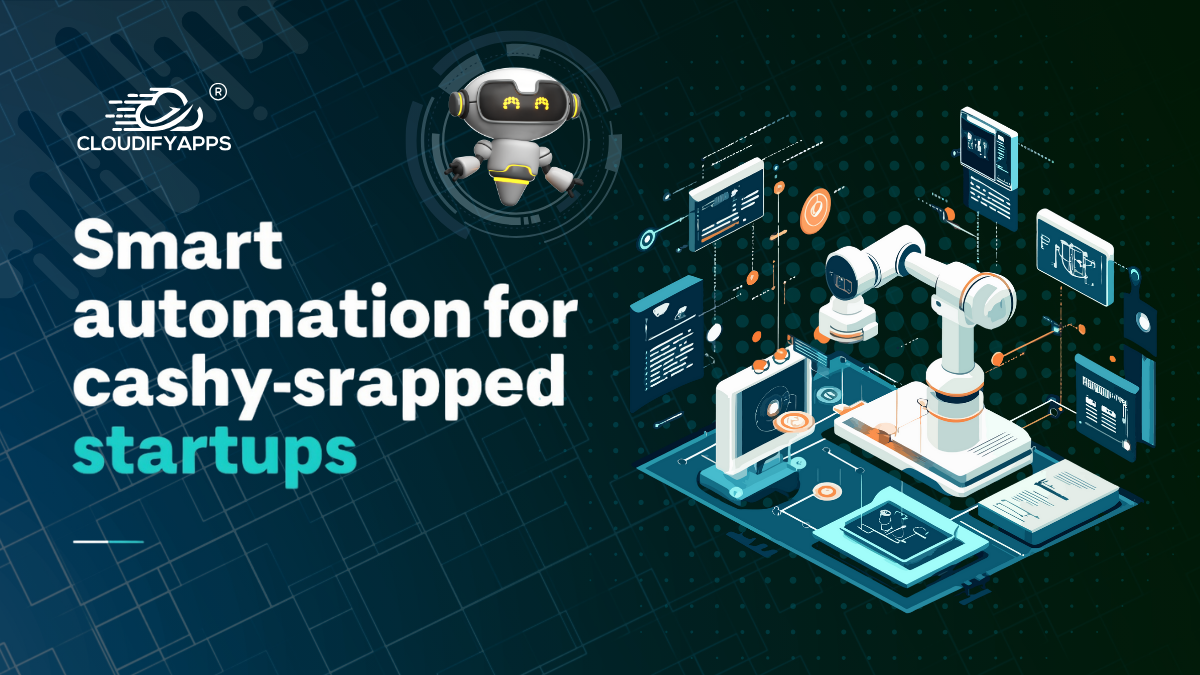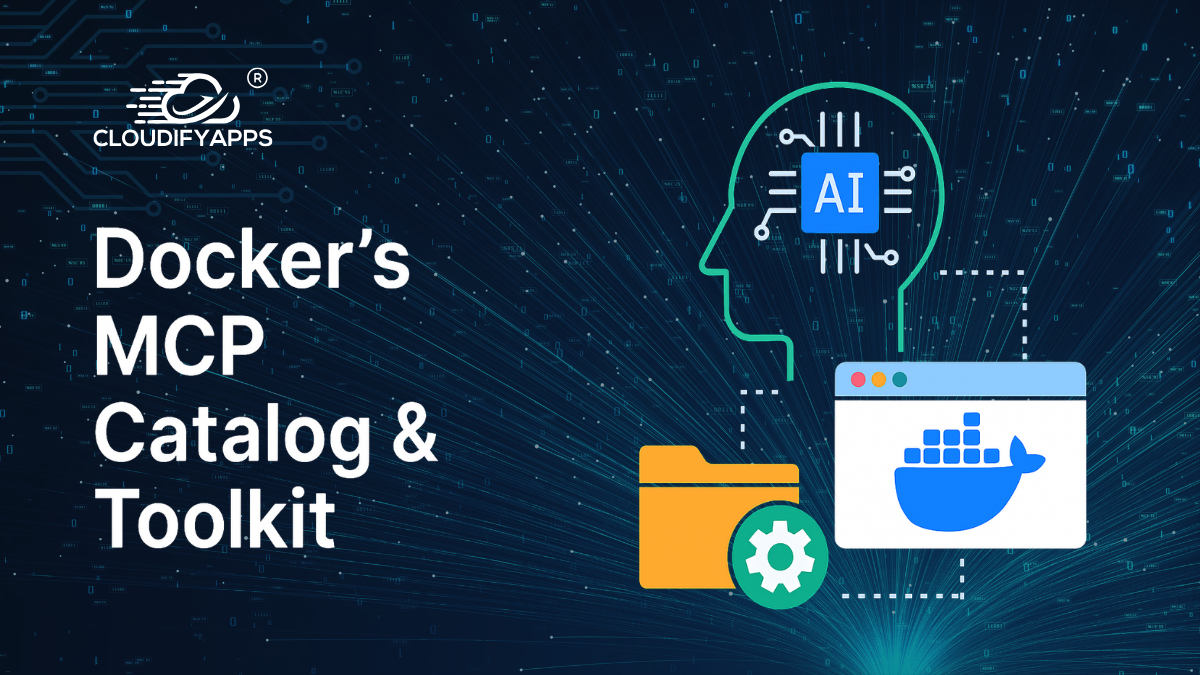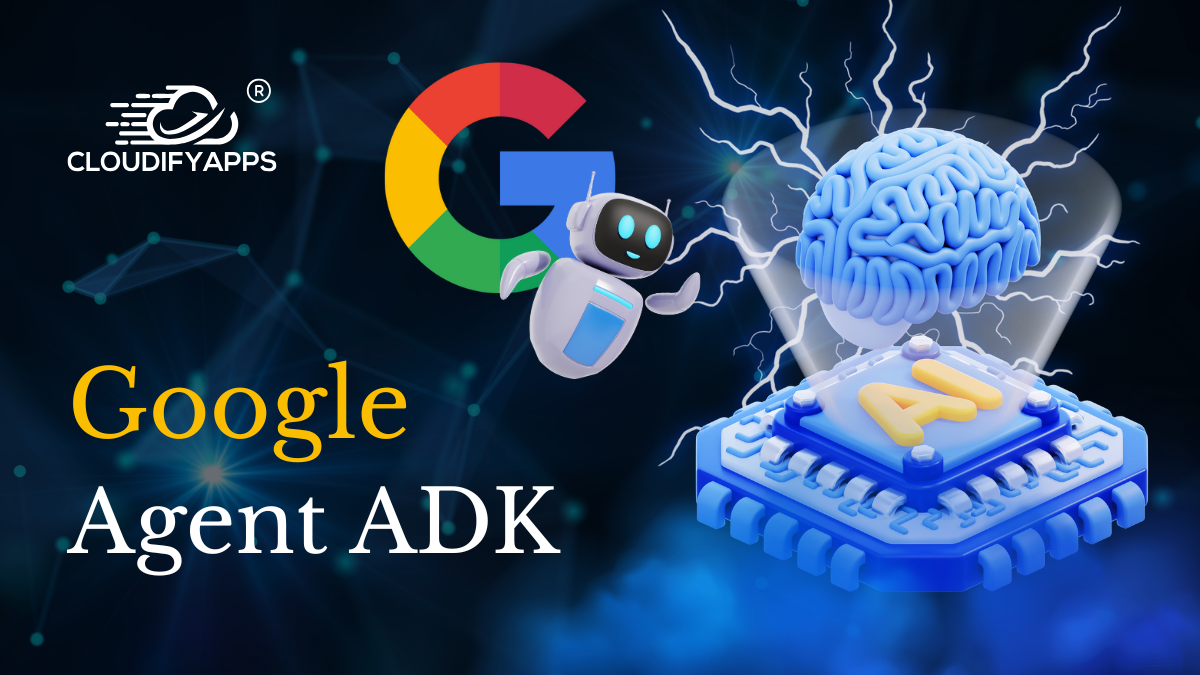
Why Do Your Businesses Need an API-Driven Strategy?
With the advanced API-driven business model, API development services streamline, guide, and improve business activities and processes. To be precise, without APIs, the digital experience we are accustomed to, such as booking a hotel or downloading software, would never be possible. The API integration services help it work in the background and connect businesses with the knowledge and technology they need.
In the current scenario, API has been one of the hottest topics on the IT company's agenda- both in terms of individual companies launching new APIs and the API economy's general rise. Besides, leveraging APIs is not just a tool for helping to build applications but also the very foundation of the entire business development strategy.
As you stick with the article, we'll focus on how enterprise application development can help businesses and institutions bring returns.
What is an API-driven Strategy?

Simply API-driven strategy is the practice of designing and building APIs first. After that, API consulting services create the rest of an application around them. In this way, API-driven application is different from traditional development strategies. This usually includes API design and implementation as one point on the development timeline.
The API-driven strategy has been there since 2010. However, it is only within the past couple of years that they've entered into widespread usage as numerous software delivery partners have recognized the benefit of API-driven strategies.
Unlock The Strategic Values of API

Think Beyond the Ecosystem
API development services allow enterprises to generate new growth within a unique ecosystem. Besides, it also helps strengthen it in existing ones. To achieve these, enterprises require a mindset shift from the traditional competitive strategy models.
Remember, competitors can be co-operators or co-creators of value. Also, new value chain partners, i.e., suppliers or even customers, can help extend and defend value.
Reusability
With the APIs, enterprises can unlock digital capabilities in new and exciting ways. Also, one can foster innovation and create new, sometimes unintended digital growth. However, the most significant value of the asset lies in its reusability.
Moreover, enterprises need to embed reusability as a core technology value at a leadership level. Besides, Enterprise applications development emphasizes leadership and executive support as crucial to unlocking the economic benefits of APIs for any enterprise. Also, this sets the foundations for an API economy.
The API-driven strategy also ensures that the existing APIs are considered first when a new application needs to be integrated, or new functionality is introduced. This develops immense economic benefits as the information shared by a specific API can have multiple consuming applications.
Fact: A product API created for an ERP system may be reused by an eCommerce application across mobile and web.
Legacy Systems
Businesses can utilize the network effect of API across and not just in silos—today's business requirements at an enterprise-level call for more integrated thinking. Point-to-point connectivity works. It eventually creates bottlenecks offering slow delivery. Therefore, it's best to think of end-to-end connectivity.
One requires a different level of legacy, core, back-end, and third-party systems via Foundation APIs. These private, reusable APIs are intended to permit employees to access the system. Along with that, there's an immediate requirement of faster data without system knowledge or training to reduce third-party reliance.
Besides, foundational APIs are designed to be exposed internally and undergo minimal change. API integration services rigorously govern with clearly outlined SLAs and security contracts.
As business methods emerge to cater to new business fundamentals, enterprises require a faster and more economical, and reliable way to operate.
Complements and Collaboration
Economic complements can brand the value of enterprises. Moreover, they are aligned to asymmetric business models where an enterprise identifies and collaborates with complement or commoditize and binds their outputs to formulate a more substantial value project.
APIs are one of the best ways to generate complements. The interrelation with enterprises and complement is based on a decrease in the price of one outcome driving an increase in demand for the others.
API Models
For businesses, determining API priorities is essential. Moreover, it requires further investigation into the different models of API. Some of them are as follows.
● Internal or private APIs are designed for crisp reduction and operational efficiency
● Partner APIs present data introduction for external firms to carry value
● Public APIs can be utilized to build economic complements for new digital growth
Extend Value Through Operation Model Execution

API Technology Model
Looking through the technology perspective, API development services start with building or setting up a central API management platform. Further, this acts as a single source of truth for businesses and developers within an enterprise.
Single platforms eliminate duplication and enable reusability of architecture, core assets, and support. Meanwhile, using APIs effectively needs a new way of thinking about partnership. Determining the right technology partner is vital for establishing the operational foundations for API-driven strategy.
API Layer Model
You need to consider the layer of your APIs. API development services align the API model and reflect the intended business outcomes and strategies. By introducing courses of abstraction and control between a critical legacy system and front-end components exposed to developers, businesses are better situated to handle business requirements.
API Funding Model
Businesses need to consider the funding model to support growth and commercialization. Moreover, it is primary to design specific funding when developing a set number of APIs according to intended business outcomes and strategic priorities.
The finding model should be rigorous with comprehensive business alignment. You should equally accommodate enough flexibility to accelerate emergent ideas and chart new digital growth. The approach here is to strengthen the opportunities that offer the most outstanding value for the business.
API Governance Model
Introducing a dedicated centre for API development, operations, and delivery is crucial. It helps unlock the network effects of APIs in your enterprise. For instance, Amazon's API economy.
Web API development offers a community or centre of API superiority, practice, or enablement. The purpose of the centre is to encourage and nurture the growth of API practice in the enterprise.
Initiating a centralized and progressing to a decentralized structure is always a good strategy. This ensures you capitalize on the reusability, act as a focal point for learning, build API best practice and gain critical mass.
As your business matures in API practices and grows in confidence, they can decouple and federate out distribution capability, facilitating self-service for marketing lines. Such an approach is the answer to customer focus, reduced time to market, accelerated scalability, and utilization of the network effects.
API Delivery Model
Whether you get centralized or decentralized, businesses need to focus on what works best for them. A centralized function within a structure is necessary to align technology strategy, companies, KPI, value reporting, automation and tooling, deployment, training, asset reusability, and more.
When going for a decentralized structure, delivery capabilities are federated as the principles become embedded, and a critical mass of requirements must be fulfilled. These days, API development services have experienced lines with businesses having their own performance capability building experience APIs to cater to consumer needs faster and more autonomously.
API Development Model
If thinking development at a tactical level, it's best to consider API-first development. This strategy begins with developing and designing an API that puts your target developer's interest first and then builds the product on top of it.
Websites like Saas software, mobile applications are perfect examples. They offer the right API foundations for other developers to build on. Apart from that, this aligns with the open innovation model as enterprises setting the proper API foundation empowers the developer community to build services with interactions and dependencies without the integration issues.
It equally starts with acknowledging APIs as the first-class artefact of the expansion process. API-first gives teams the strength to work against each other's public contracts without altering the internal development process.
Comprehensive Benefits OF API-driven Development

Accessibility
Taking a traditional approach to APIs by designing them after you lay the groundwork for your application allows you to overlook or ignore some components. This further includes deciding which part to serve via APIs. For instance, when you build APIs, you might realize that one of the application services formats data in a process that makes it tricky to fit into your API. Therefore, you should decide that redesigning the component in order to make it accessible via API is not worth the effort. In the end, you face gaps in API accessibility.
On the other hand, when API consulting services embrace APIs as the foundation for the entire software architecture and delivery strategy, you're in a position hard to overlook to make an application segment compatible with and accessible via an API.
As long as you stick to an API-driven development pattern, you won't encounter negative surprises that limit API compatibility within your application.
Cloud-Friendly Apps
API-driven development leads to applications that are inherently cloud-friendly as they are built for connectivity. Remember, there are two types of APIs- those that connect an application's interior settings and those that join the application to other services in the cloud.
Besides, having a single type of API doesn't essentially mean you have the other. But as your API development services embrace API-driven development and build internal APIs, you will start from all of the APIs that your application needs.
Central Focal Point for Software Delivery
One of the critical challenges that many organizations may face is the fact that software delivery requires several team members. If you aren't careful, you'll end up with an inefficient team. The API-driven strategy provides a central point of reference for all the teams to work with.
When the APIs are the cornerstone of the application architecture and delivery process, everyone, starting from developers to production-environment sysadmins, can quietly focus on building, testing, and monitoring APIs to keep the entire delivery pipeline flowing smoothly.
Avoid Obsolescence
The API-driven strategy helps avoid obsolescence for the application and the APIs. In the current era, it is absolutely easy for the application to get obsolete. Moreover, the API becomes too challenging to modernize, or the application itself is challenging to integrate with a modern framework.
Development is not a total guarantee. Moreover, if you fail to keep the APIs up-to-date, the application can get obsolete. However, API consulting services support the APIs at the front and centre of the focus.
Challenges

Similar to any worthwhile innovation, API-driven strategies equally come with numerous challenges. Here we conclude a few of them.
● Technical Understandings
API-driven strategies require a seamless understanding of APIs and how they perform functions. Members with less technical skills need to gain knowledge and ideas.
● API Consistency and Compatibility
The more APIs you create, the more troublesome it becomes to make them consistent and compatible. This is a challenge, but API integration services use a high level of communication and visibility across the team.
● API Security
The flexibility and scalability benefits are well worth the extra burden. Also, applications that rely on APIs can be attacked via those APIs. Besides, monoliths without APIs don't have additional attack vectors.
● Management Burden
Managing and observing large numbers of APIs at scale is extensively challenging. In such cases, it's best to go for automated API management tools, allowing practical API-driven development.
Final Wrap
The API-driven strategy remains a relatively new idea. However, as the world of software delivery becomes more and more cloud-centric, API-driven approaches shall be significant in maximizing connectivity and flexibility for the software they deliver.
Embracing the technology requires some work, and reaching there won't happen overnight. However, with thorough planning and with the assistance of API management tools, your organization can get to the ultimate destination.
Popular Tags
Recent Posts
Smart automation for cash-strapped startups
The modern data trinity: How medallion architecture, RAG, and data lakes revolutionize enterprise intelligence
Accelerating AI-Driven Development with Docker’s MCP Catalog & Toolkit
Building Intelligent Agent Teams with Google's ADK: A Developer's Guide
We are at























